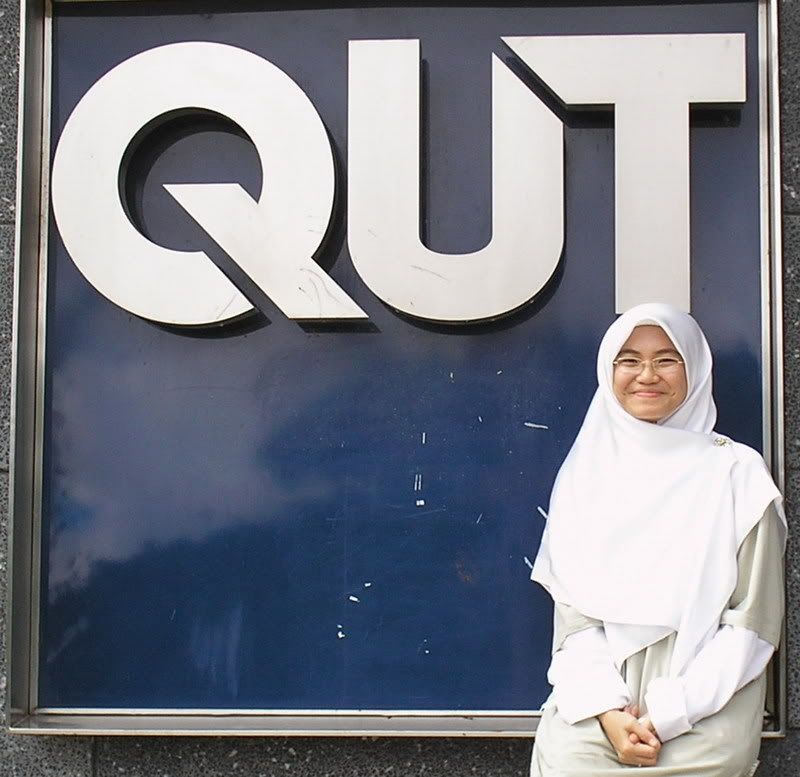Introduction to Early Childhood (EC) Maths. and Beginning Processes
This first session has given me some quite unpleasant flashbacks of learning Mathematics back in
Reading Irons’ article on numeracy in EC (1999), I found my views, beliefs and understanding of learning and teaching Maths reflected in this literature.  When it comes to Maths, the first thing that pops into my head is NUMBERS! But, Irons (1999) stressed that numeracy in EC consists of number, measurement, space and shape and data. All these concepts are actually established through and related with children’s learning experiences in play, interactions and explorations of their everyday life.
When it comes to Maths, the first thing that pops into my head is NUMBERS! But, Irons (1999) stressed that numeracy in EC consists of number, measurement, space and shape and data. All these concepts are actually established through and related with children’s learning experiences in play, interactions and explorations of their everyday life.
 I really liked the representations of the relationship of concepts and processes as background knowledge of numeracy mentioned by Irons:
I really liked the representations of the relationship of concepts and processes as background knowledge of numeracy mentioned by Irons:
Interestingly, this model is also related to some powerful Maths ideas outlined by Perry and Docket (2002). Mathematization, connection, number sense and computation, algebraic reasoning and spatial and geometric thinking, data and probability sense are interweaving with the model in relation to kids’ everyday life. For instance, children use Maths in counting their belongings, such as candies or toys.
 Interestingly, kids’ process in Maths learning involved some beginning processes claimed by Irons (1999).
Interestingly, kids’ process in Maths learning involved some beginning processes claimed by Irons (1999).
In this week’s workshop, my classmates and  I were shown some examples of how to apply the process in the classroom by using 3-D blocks. For example; objects are sorted according to number of faces;
I were shown some examples of how to apply the process in the classroom by using 3-D blocks. For example; objects are sorted according to number of faces;  a rectangle has three faces, a pyramid has four faces, and so on. Objects also compared according to the height; a pyramid is higher than a circle. And for patterning, as one of the most complicated processes, we came out with ‘ab aab aaab aaaab’ pattern. Some of my friends suggested the use of hands (clapping), humming and so on. Indeed, it gave me some ideas on how these activities could be used in facilitating children’s learning experiences.
a rectangle has three faces, a pyramid has four faces, and so on. Objects also compared according to the height; a pyramid is higher than a circle. And for patterning, as one of the most complicated processes, we came out with ‘ab aab aaab aaaab’ pattern. Some of my friends suggested the use of hands (clapping), humming and so on. Indeed, it gave me some ideas on how these activities could be used in facilitating children’s learning experiences.


 Blocks, games, manipulative toys, and collections of everyday items need to be easily accessible to all students (Hill, 2001).
Blocks, games, manipulative toys, and collections of everyday items need to be easily accessible to all students (Hill, 2001).
Thus, I think to engage students more, teachers can use more real 3D objects represent the shape; for example: dice, ball, toy box, ruler, plate, diskette or etc. I also agree with the idea of involving students themselves in translating the pattern in the classroom. Young kids really like to be involved in teaching and learning processes. Once they get the pattern, they will continue the process and solve the problems. My observation in school-based experience illustrated this and the students easily solved it and continued on, no mater how big the number was and how complicated.
When my colleagues and I were required to create a concept map of EC Maths, my group added on some resources that a teacher can used in the strands in QSA Maths syllabus (2004).  For instance, for time; we can use clocks either digital or analog clocks, for shapes; we can use 3D or 2D objects or visual images, and for chance and data; we can use graphs or charts. However, the learning experience in the workshop gave us some alternatives for the teacher in relation to: song, play, games, rhymes, story, computer and so forth to engage students with Mathematics. For instance, the Internet, students can use online ‘sketch board’ to make their own objects and so forth. What important is teacher needs to make sure the resources are appropriate to their age and level and also have connection to the real world (Perry & Docket, 2002).
For instance, for time; we can use clocks either digital or analog clocks, for shapes; we can use 3D or 2D objects or visual images, and for chance and data; we can use graphs or charts. However, the learning experience in the workshop gave us some alternatives for the teacher in relation to: song, play, games, rhymes, story, computer and so forth to engage students with Mathematics. For instance, the Internet, students can use online ‘sketch board’ to make their own objects and so forth. What important is teacher needs to make sure the resources are appropriate to their age and level and also have connection to the real world (Perry & Docket, 2002).
References
Hill, B. (2001). The importance of mathematics in early childhood education. Retrieved August 23, 2007, from http://homepages.stmartin.edu/fac_staff/belinda/ece_research/LP.PDF
Irons, R. R. (1999). Numeracy in early childhood. Educating Young Children: Learning and Teaching in the Early Childhood Years, 5 (3), 26-32.
Perry, B. & Dockett, S. (2002). Ch 5: Young children's access to powerful mathematical ideas. In L. D. English. (Ed.), Handbook of international research in mathematics education (pp.81-111).
http://www.delta-education.com/miansplash.aspx?subID=44&menuID=70
http://www.ed.gov/pubs/EarlyMath/index.html


No comments:
Post a Comment